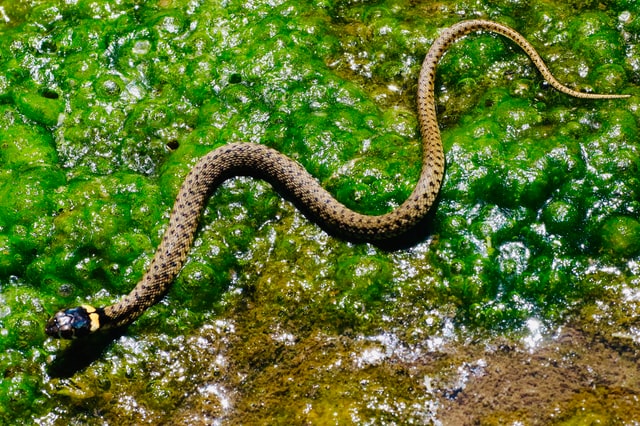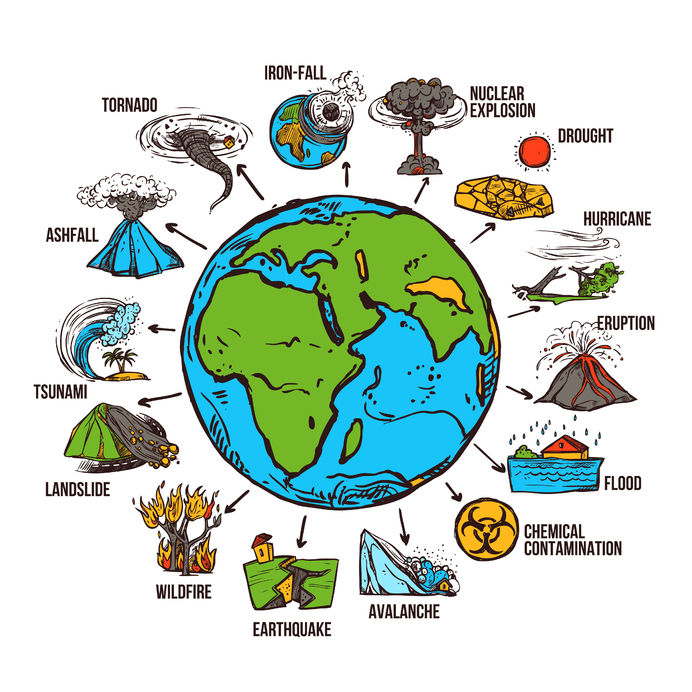What are water snakes?
Water snakes are found in damp regions and are not poisonous. The checkerboard-patterned brown water snake has a maximum length of 4.5 feet. The thick, darkly banded water snakes can reach lengths of two to four feet. The length of a Florida green water snake can reach 4.5 feet, and its color can vary. With the exception of the Keys, they all favor freshwater environments, and the brown ones enjoy scaling trees.
The kind of snake you will probably encounter is the common water snake. Other names for it include the Black, Brown, Eastern, and Northern water snakes. These snakes can be found across many states and even some parts of Canada, including Texas and Florida.
Their scales feel rough, and they have a large, rugged appearance. They are colored gray, black, and brown.
Their bodies are striped, which helps to identify them. However, they should not be confused with the Southern water snake, also known as the “banded water snake.”
Take care not to mistake them for the deadly cottonmouth snake, which has a similar appearance.
Underwater, how do they breathe?
Snakes cannot breathe underwater because they do not have gills. Snakes are excellent swimmers and can hold their breath for a longer period of time when they are under water.
So the fact is, snakes need air to breathe, and they cannot breathe underwater. Most sea snakes can stay underwater for 30 minutes, but they need to come to the surface every 30 minutes to breathe air. Some true sea snakes can stay under water for up to eight hours.
Snakes are able to absorb 33% of the of the oxygen they need through their skin.
Most of the snakes have 1 lung that stretches throughout their body, and some snakes even have 2 lungs.
References:
https://myfwc.com/wildlifehabitats/profiles/reptiles/snakes/water-snakes
https://blog.naui.org/water-snakes-everything-you-need-to-know





